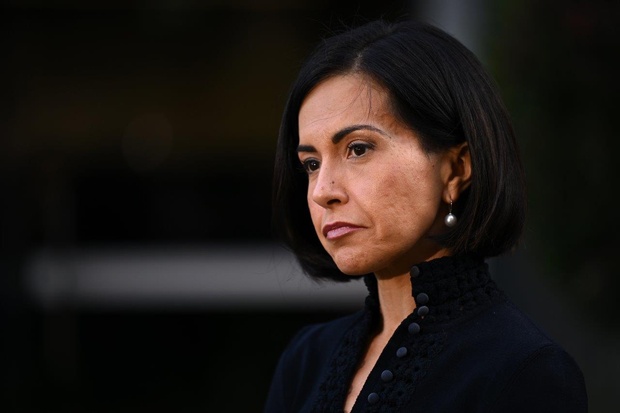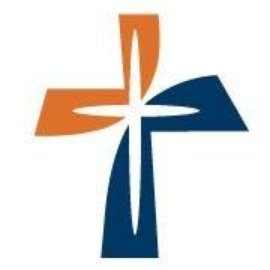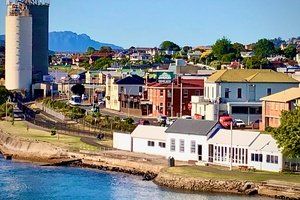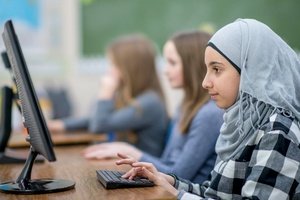More than $1 billion will go to addressing a backlog of accessibility and maintenance work at schools in Labor’s second budget since winning the March 2023 election.
Education Minister Prue Car said about $200 million would go to addressing existing upgrade and refurbishment projects that were promised but not delivered by the government’s predecessors.
She said the budget, to be presented next Tuesday (June 18), is part of the Minns Government’s commitment to keeping the state’s schools and equipment in good condition.
“Our public schools are the lifeblood of our communities, and we want teachers and students to feel proud to study and work in them – central to that is ensuring that they are maintained to a high standard and have the most up-to-date facilities,” Car said.
Today she attended Bonnyrigg High School in Sydney’s west, along with Treasurer Daniel Mookhey, where they announced upgrades to bathrooms at the school.
“This investment will also give local economies a boost, supporting jobs and opportunities for local trades and businesses,” she said.
“We are continuing our record investment in Western Sydney schools, whether it is to build the new and upgraded schools that these communities need or upgrading our existing schools for our teachers and students.”
A record $1.08 billion investment for minor works in the coming financial year alone will support the delivery of $600 million for school maintenance works, alongside $150 million in essential works to boost disability access and safety, and $200 million to address the backlog of small upgrades and refurbishments that were promised by the Perrottet Government, but never delivered.
Projects will focus on lifting standards of important facilities, particularly school bathrooms, as well as improving classrooms, science labs, workshops, performance and arts spaces and vocational education and training (VET) facilities.
Maintenance work in schools includes painting; repairs and replacements of roofs, fences, windows, doors, ceilings, and carpeting; electrical repairs and upgrades; floor coverings and as well as continuing to support urgent repairs in schools when needed.
Mookhey said improving the conditions of NSW schools is a “must-have” to ensure students and teachers have the best environment possible to learn and teach.
“This billion-dollar investment will make a material difference for 1400 public schools and their communities,” he said.
“We have the cut state’s debt, so that we are paying less on the state’s interest bill. We are now using those savings to make a difference for schools across NSW.”
The NSW Department of Education will liaise with principals and school leadership in the coming months to prioritise projects.
The boost in investment comes as 62,000 longer-term school maintenance tasks have been carried out by the Department in 2023-24 so far, including maintenance works for close to two thirds of the state’s public schools, or 1492 schools in 6882 individual buildings.
Car, meanwhile, blasted her federal counterparts for “prioritising private schools over public schools”, amid revelations non-government schools are receiving four times as many taxpayer dollars as their public counterparts.
The NSW Education Department said its data shows private schools receive about $24.9 million in Federal Government funding each, while public schools receive approximately $6.5 million each.
Car suggested to Sydney’s Daily Telegraph that the analysis proved the Commonwealth could easily contribute more to the full funding of public schools.
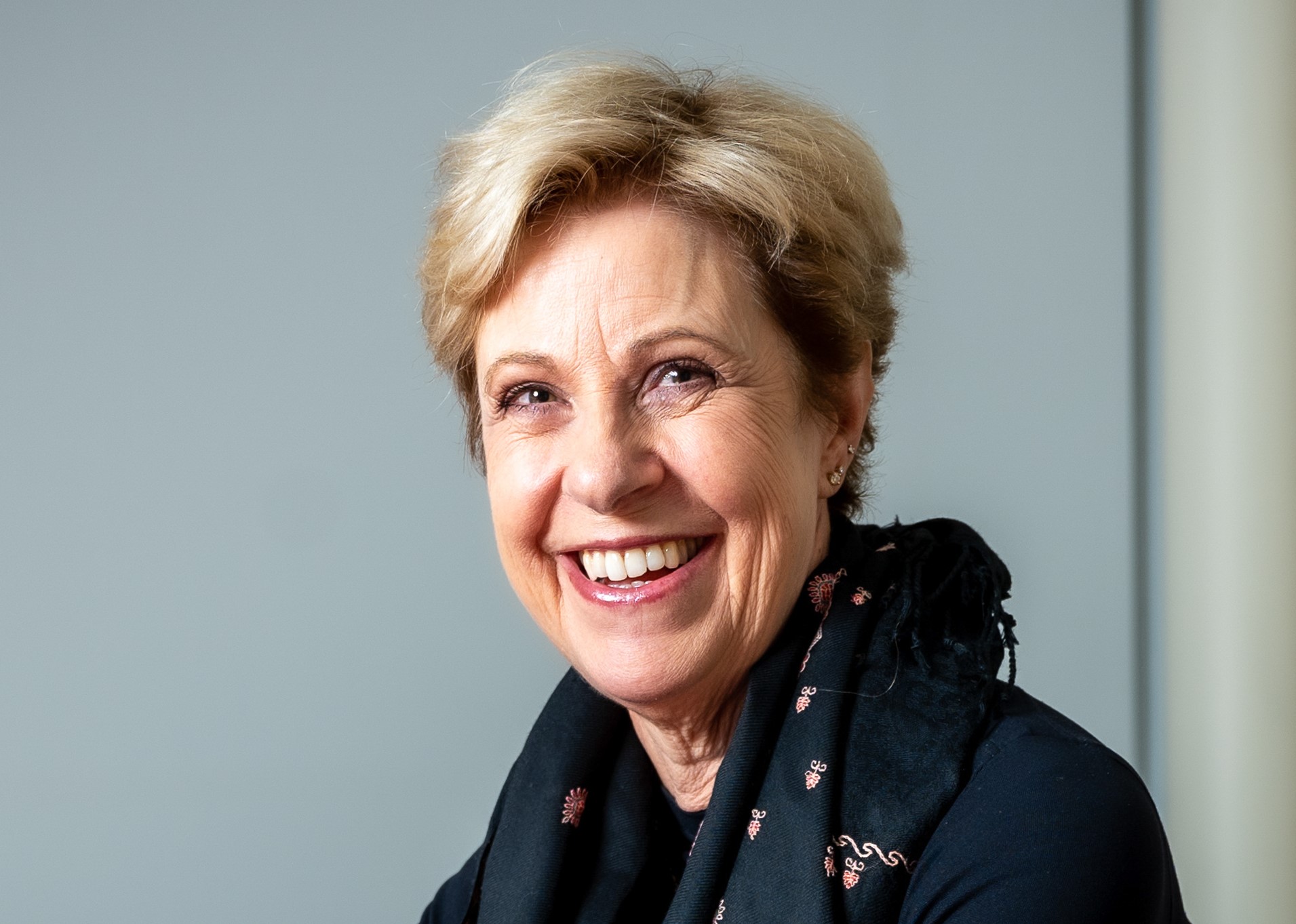
“There is no need to misrepresent the true funding situation with absurd claims that ‘private schools get four times the funding of public schools’ as one media outlet reported..." AISNSW chief executive Margery Evans says.
The NSW Government wants the Commonwealth to fund an additional 5 per cent of public schools, double their offer of an additional 2.5 per cent.
“This data shows the commonwealth can afford to lift its contribution, yet it continues to prioritise private schools over public schools and that doesn’t sit well with me,” Car said.
“NSW has committed to lift its contribution to 75 per cent two years ahead of schedule - we are asking the commonwealth to lift its share to just a quarter of public school funding, but they continue to quibble over small percentages,” she added.
Association of Independent Schools of NSW (AISNSW) chief executive Margery Evans, however, has slammed the claims in the Daily Telegraph story, describing suggestions private schools receive four times the amount of federal funding as ‘absurd’.
“The SRS funding model will always give NSW government schools more total government funding per student than non-government schools because only non-government schools have their funding reduced according to parents’ income; this reduction does not happen for government schools,” Evans said in a statement.
“There is no need to misrepresent the true funding situation with absurd claims that ‘private schools get four times the funding of public schools’...
“There are 460,000 students in NSW Independent and Catholic schools; their parents, teachers and principals are angry that their schools are being targeted and misrepresented in this way.”
Evans said that non-government schools were being unfairly maligned in the NSW Government’s battle to extract more funding from the Federal Government.
A March/April AEU survey of 6794 NSW government school principals and teachers revealed that 86 per cent of principals reported teacher shortages at their school in the last year – the highest number of any state.
Half the principals said they had unfilled teaching positions at the time of the survey.
More than half the principals also said they were merging classes regularly or constantly due to the shortages, and 16 per cent said they were regularly or constantly running classes without teachers.
Just 12 per cent of principals described their school as well-resourced, while only 5 per cent of teachers did.
In the AEU survey, NSW principals said students who have fallen behind in literacy or numeracy and students with disabilities or learning difficulties would be the biggest beneficiaries if public schools were fully funded.
Teachers listed additional support for students with disability or behavioural issues and more time within their paid hours for lesson planning, assessment and reporting as changes that would most assist them to improve student outcomes.
NSW Teachers Federation President Henry Rajendra said the survey results highlighted the critical importance of the NSW and Federal governments reaching an agreement this year to fund public schools at 100 per cent of the SRS.
“We don’t have a level playing field where every child can get the support they need to succeed,” he said.
“NSW public schools are grappling with a $1.9 billion shortfall this year alone. It’s time for the Prime Minister to step up and lift the federal SRS share from the current 20 per cent to 25 per cent by 2028.
“The Minns Government also needs to ensure that the accounting tricks used by the former Coalition government to artificially inflate the state’s SRS share by 4 per cent are not relied on in the next agreement and public schools are funded at a genuine 100 per cent of the SRS.”

